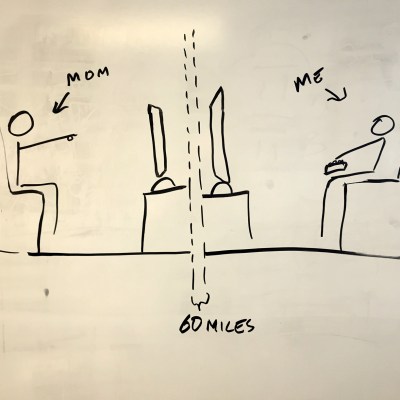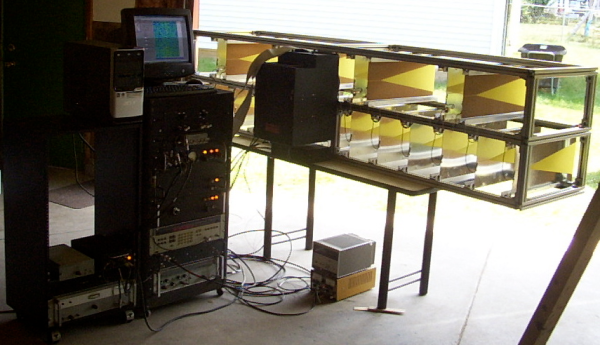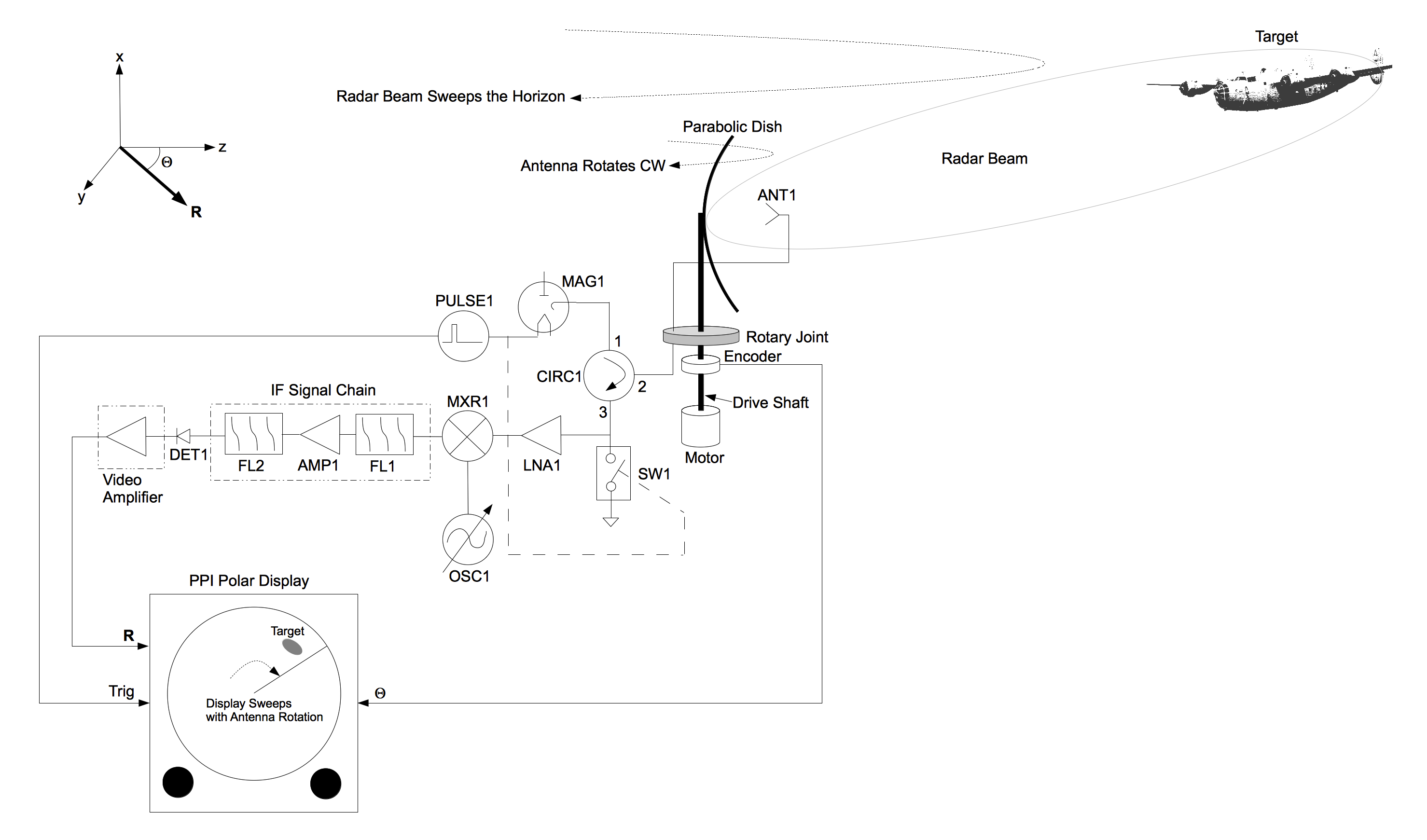I inadvertently started a vigorous debate a few weeks ago with the Time for the Prize post about a shower feedback loop. That debate was on the effect of curbing household water since households make up a relatively small percentage of total use. I think we should be thinking of solutions for all parts of the problem and so this week we’ll be looking for ideas that can help conserve water in large-scale use cases. Primarily these are agricultural and industrial but if you know of others feel free to make your case.
According to the United States Department of Agriculture, about 80% of all ground and surface water is used in agriculture. I’m not particularly interested in hearing a debate on water rights and the like (there’s a rather interesting article here if you want more on that). The agriculture industry produces food, and employs a lot of people. The conflict is of course long growing season versus lack of water compounded by severe drought. Even if we could move our food production elsewhere it would be a monumental undertaking to also relocate the infrastructure supporting it. Of course we need to look to the future, but can we leverage our engineering prowess now to conserve the water that is being used right now?
Enter with an Idea
Write down your ideas for agricultural and industrial water conservation as a project on Hackaday.io. Tag the project 2015HackdayPrize. Do this by next Monday and you’re in the running for this week’s awesome prizes.
You aren’t necessarily committing yourself to finishing out the build. At this point we want to get the idea machine rolling. One good idea could spark the breakthrough that makes a real difference in the world.
This Week’s Prizes

We’ll be picking three of the best ideas based on their potential to help alleviate a wide-ranging problem, the innovation shown by the concept, and its feasibility. First place will receive a DSLogic 16-channel Logic Analyzer. Second place will receive a an Adafruit Bluefruit Bluetooth Low Energy sniffer. Third place will receive a Hackaday robot head tee.








 Watching out for each other is complicated by distance. We saw a few entries that try to alleviate that, like the
Watching out for each other is complicated by distance. We saw a few entries that try to alleviate that, like the  Continuing on the note of simplified communications is
Continuing on the note of simplified communications is 















